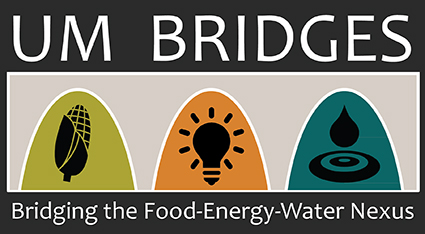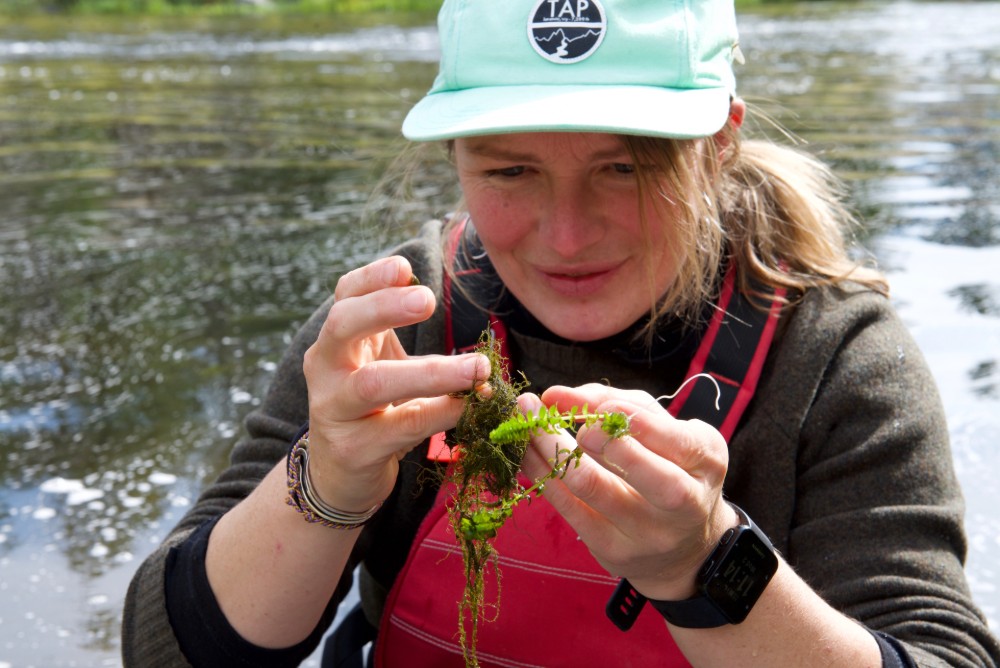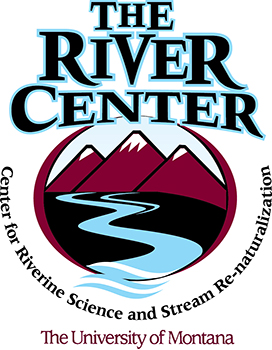
Laurel Genzoli Gathers Data Before Largest Dam Removal Project

Excerpt from The Revelator article:
Drones, Algae and Fish Ears: What We’re Learning Before the World’s Largest Dam-removal Project — and What We Could Miss
What lessons from the largest-ever dam-removal project can we apply to future efforts on other rivers in the United States and around the world?
The Klamath is a river in peril, plagued by dangerously poor water quality and collapsing salmon populations. That could start to change as early as 2022, when four dams are likely come down on the river — the biggest dam-removal and river-restoration project in history. Dam removal is expected to help solve many, but not all, of the river’s challenges, and understanding the change that does happen is crucial to planning the next steps for improving the river’s health.
It’s late September, and [Laurel] Genzoli, an aquatic ecologist, is wrapping up a last day of “summer” research on the Klamath River in Northern California. The day’s task, which begins at a campground in the small town of Happy Camp, is collecting dissolved oxygen sensors that she’s covertly left at seven different locations along more than 100 miles of river, which have been gathering data all season.
The information she’s collecting is part of her research for a Ph.D. at the University of Montana, but it’s also part of a much bigger scientific effort involving multiple state and federal agencies, tribal scientists and other university researchers.
“It’s a huge opportunity to learn about what dams do to rivers and what taking them out can also do,” Genzoli says.
But making the most of this grand scientific experiment will require time and a big infusion of money, something that many researchers worry is in short supply.

